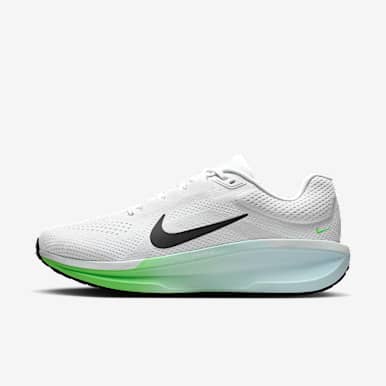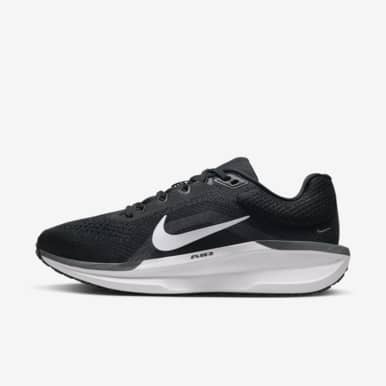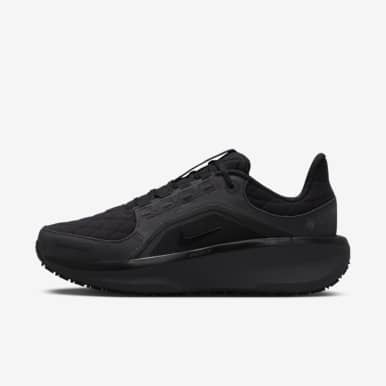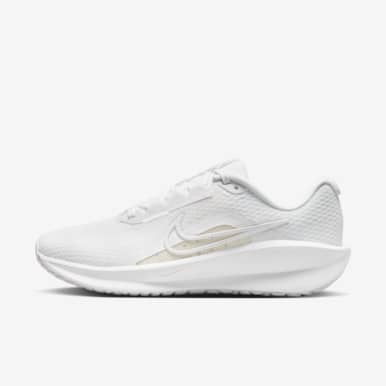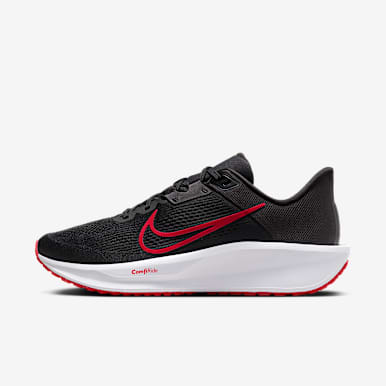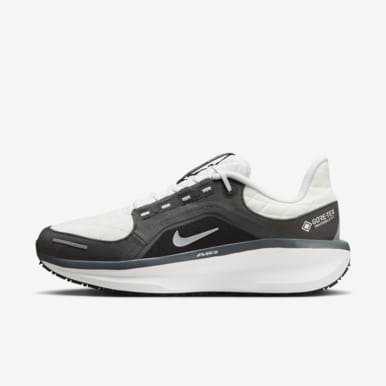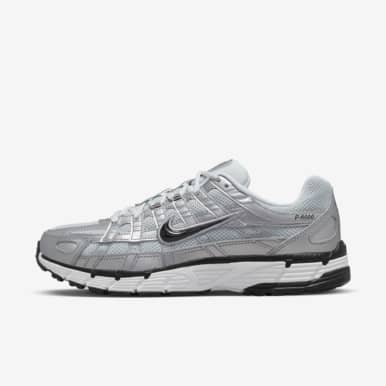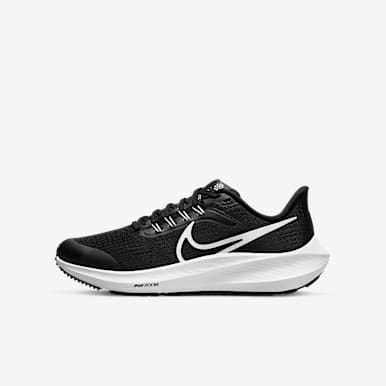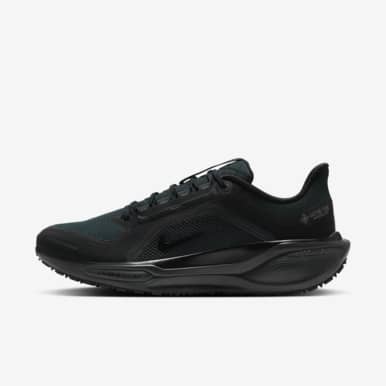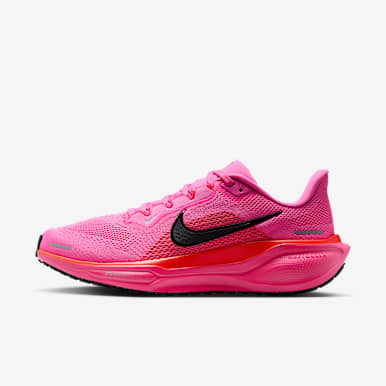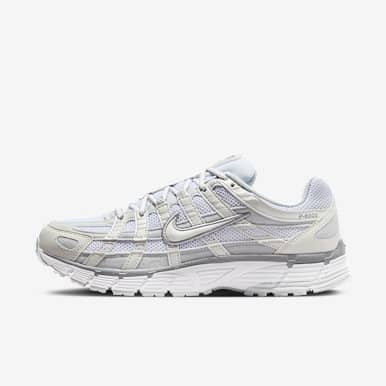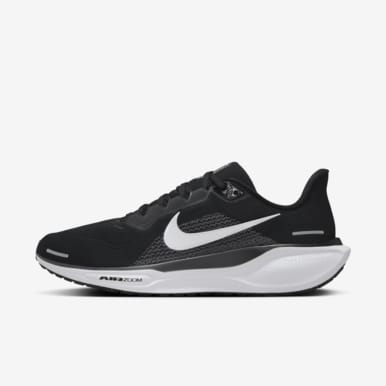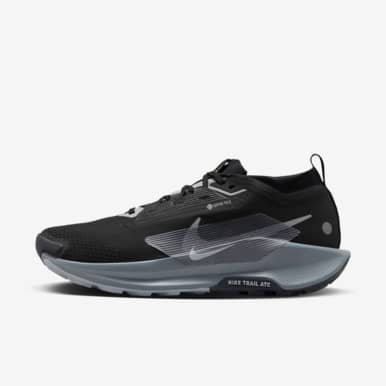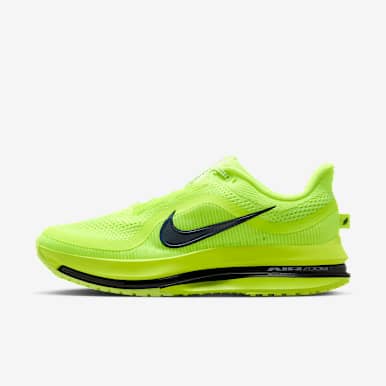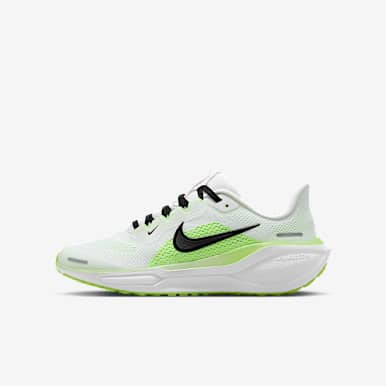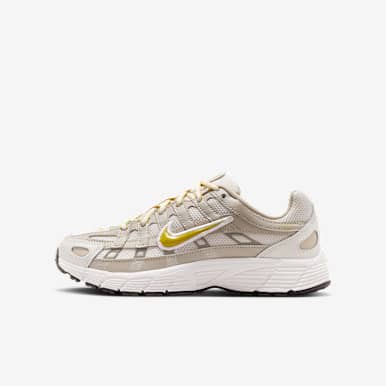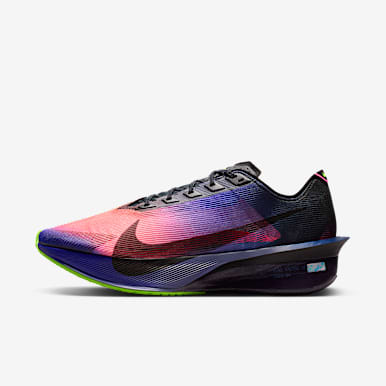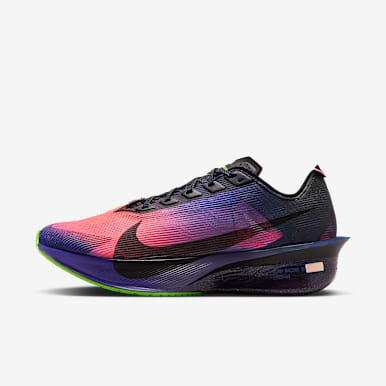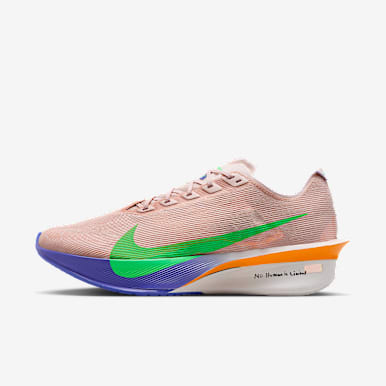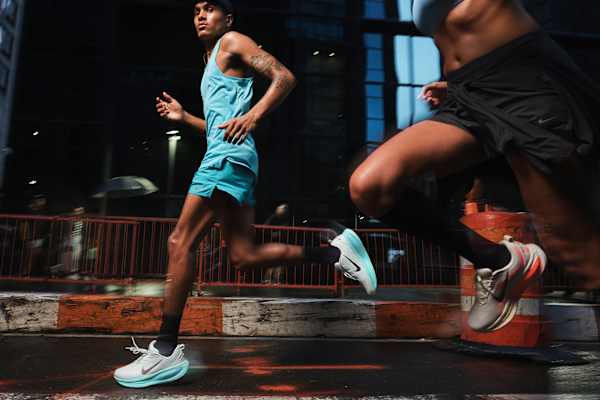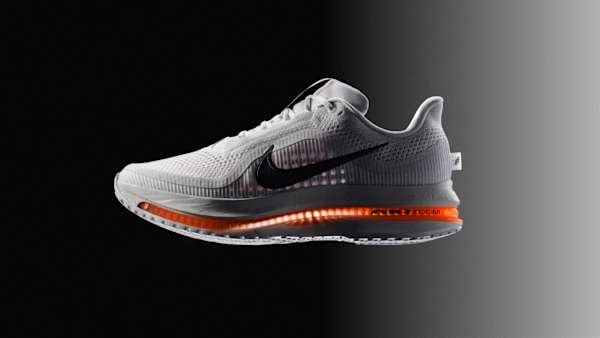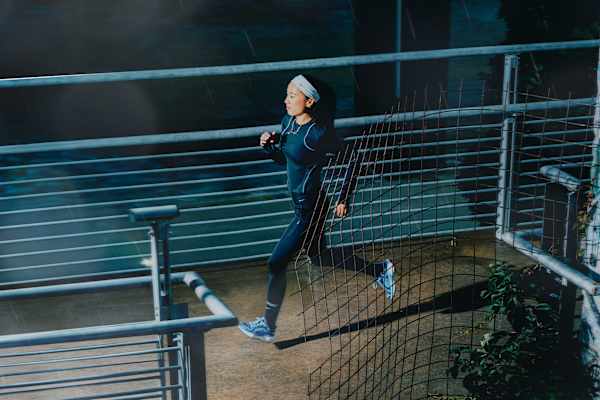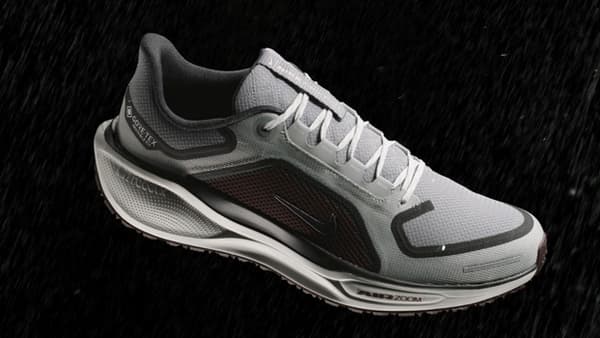The best neutral running shoes by Nike
Buying guide
Learn how to find a shoe that's so comfortable, you'll forget you have it on.
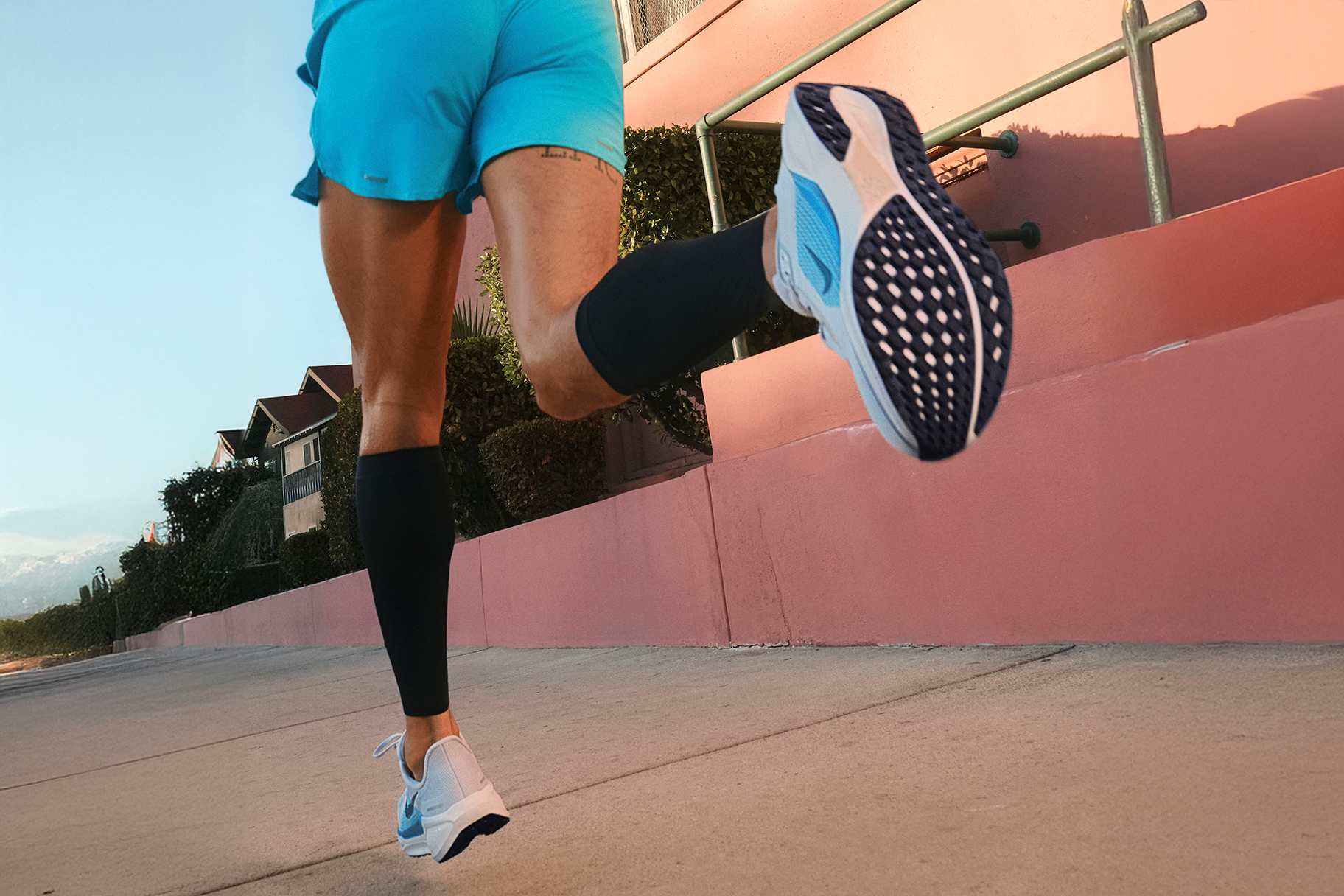
What makes a great running shoe? Ultimately, it comes down to comfort—whatever the distance or destination, you'll want footwear that can help you reach your goals while avoiding possible injury. There are plenty of specs to consider when shoe shopping, but if you want to keep things simple, a neutral running shoe is a great option for many different runners. The best neutral running shoes can offer support and comfort in a lightweight, streamlined design. Read on to learn more about the best neutral running shoes for men and women from Nike.
What is a neutral running shoe?
A neutral running shoe is designed for all levels of runners and can be worn for short sprints and marathons alike. "Neutral shoes allow for the runner's natural gait to progress through their respective stride pattern", says Andrew Bumbalough, product line manager, running footwear at Nike. A neutral shoe is designed with minimal arch support, allowing your foot to move without adjusting or impacting your form. Where a stability shoe is designed to offer support for those with gait issues or to curb existing injuries, a neutral shoe has minimal impact on your natural gait.
Who is a neutral running shoe best for?
The best neutral running shoes are ideal for new and experienced runners with a neutral pronation. If you overpronate, have flat feet or have ongoing issues such as plantar fasciitis, you may require additional support in a running shoe. If you're unsure what's best, you can start with a neutral shoe, as it will have minimal impact on your natural movements.
If you're interested in trying out a neutral running shoe, discover Nike's best neutral running shoes for men and women. Each style is designed to meet your running needs, whether for long trail runs or race day.
The best neutral running shoes by Nike
Best for responsive cushioning: Pegasus 41, Pegasus Plus, Pegasus Premium
The Pegasus silhouette has remained a staple in the Nike Running line-up and is great for everyday road runners who need cushioned, comfortable shoes while on the move. There are multiple new and improved options in the Pegasus line. For the Pegasus 41, a new ReactX foam midsole means the shoe is more responsive than ever, the Pegasus Plus offers full-length, super-light ZoomX foam for a high energy return and the Pegasus Premium boasts an Air Zoom cushioning system with ultimate responsiveness.
Best for trail running: Pegasus Trail 5
For those partial to the woods over the open road, Nike's Pegasus Trail 5 is a neutral shoe with grippy traction and responsive cushioning that makes it a breeze to cruise over uneven surfaces. A responsive ReactX foam midsole and breathable mesh upper make for a comfortable combination in this all-terrain neutral running shoe.
Best for racing: Vaporfly
When you're looking to set records or simply turn up the heat on your usual run, the Vaporfly is the best neutral running shoe to make you feel fleet of foot. Thanks to a carbon-fibre Flyplate and ZoomX foam, you'll feel the energy return from heel to toe. Thanks to thoughtful design innovations like a midsole designed to reduce weight on the inside of the foot, you'll still feel stable, even at top speeds.
Best for maximum cushioning: Vomero 18
If you prefer a cushioned feeling underfoot, the Vomero 18 is a neutral running shoe designed with maximum foam for a comfortable ride. Double-stacked ZoomX and ReactX foams offer a soft feel when you hit the pavement, while engineered mesh uppers ensure breathability for a lightweight experience.
Need help finding the right shoe for your running needs? Answer a series of questions to help find the perfect pair for your next run.
Words by Aemilia Madden

